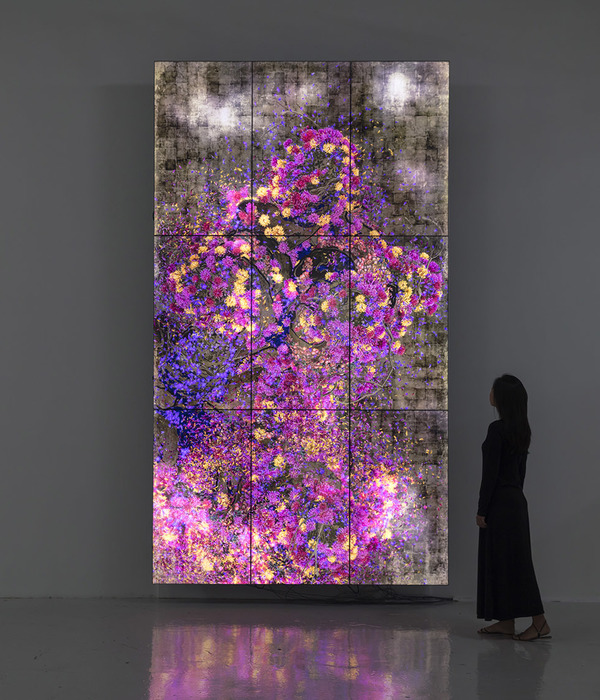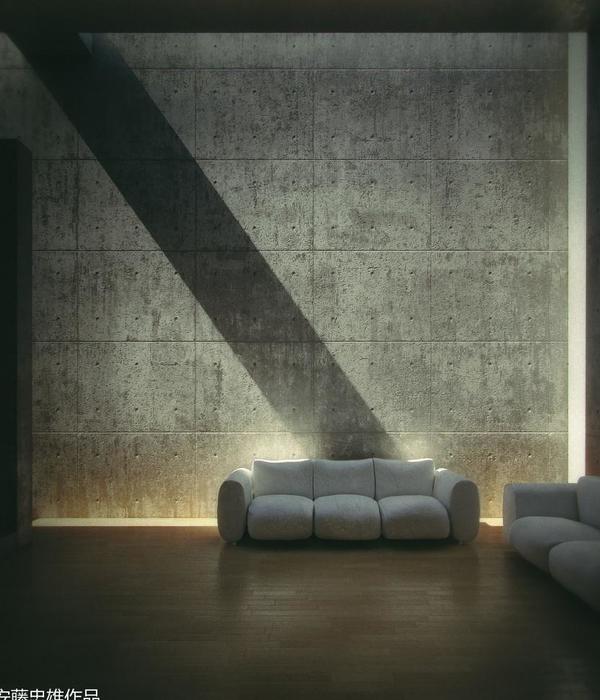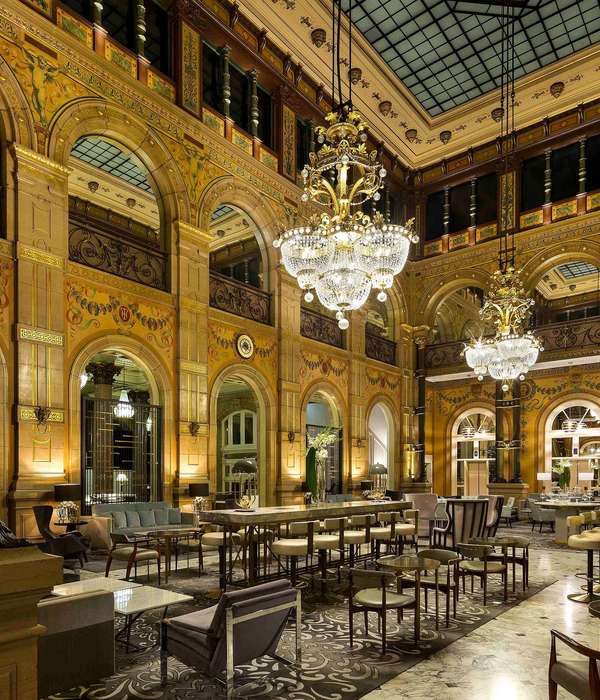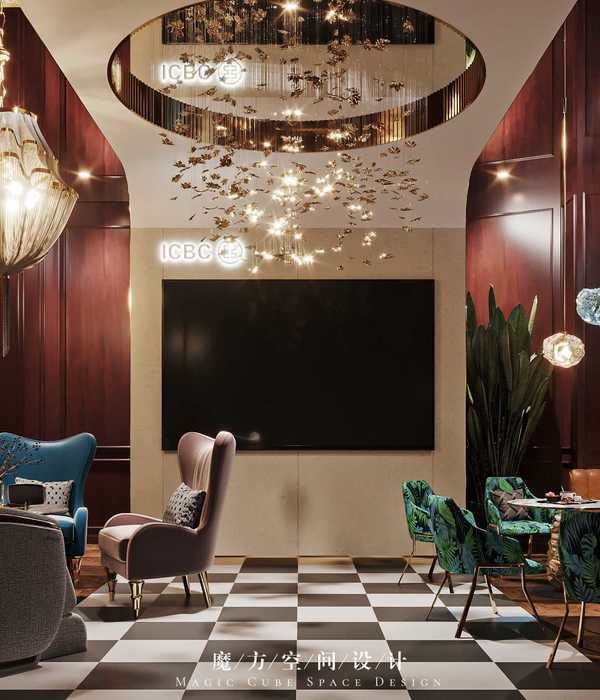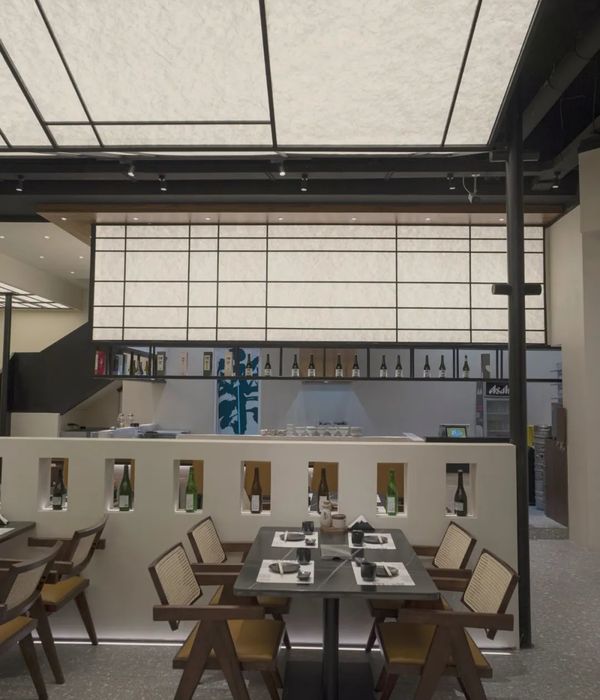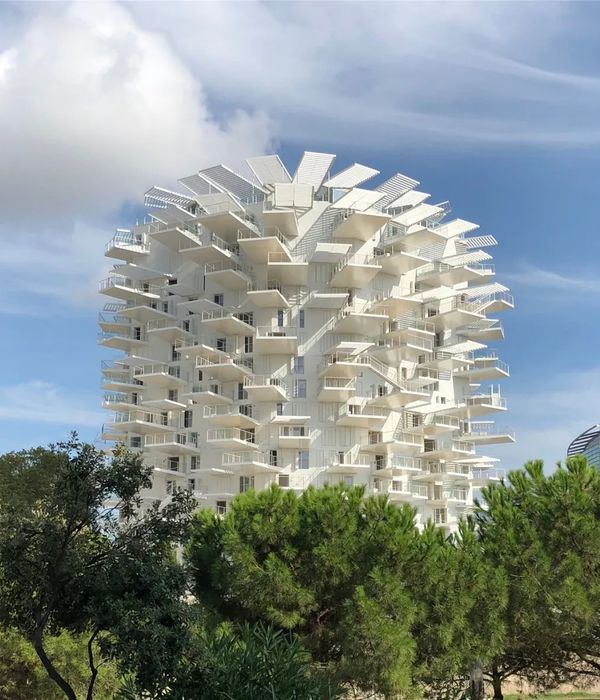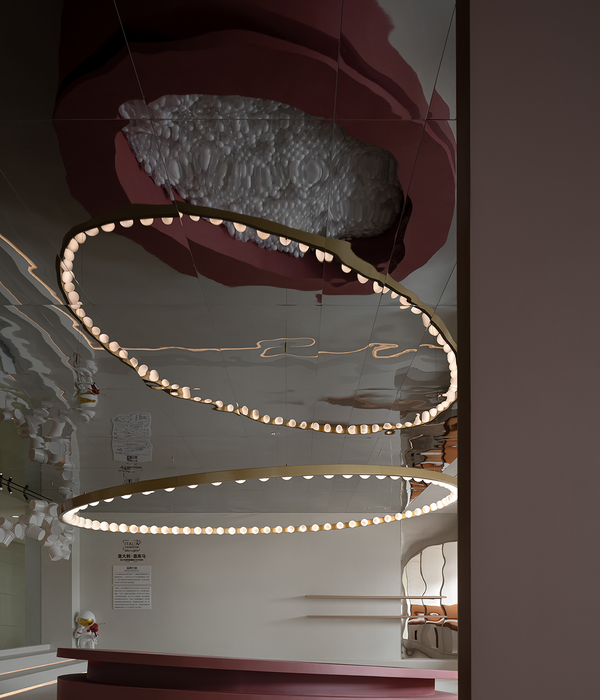Architects:UAD
Area :7570 m²
Year :2019
Photographs :ZYStudio
Lead Architects :Xuzhuang Fan, Sun Xu
Design Team : Xuzhuang Fan, Yang Kuang, Sun Xu, Yuansheng Zhang, Kai Zhu, Shu Wang
Engineering : Lei Qian, Jianzhong Kan, Jun Han
Landscape : Haojun Yao, Jiangfu Li, Wenqiang Zhou
Equipment Design Team : Ji Chen, Guoxing Zheng, Xiaodong Ren, Guozhong Yang, Huoming Fang, Dengfeng Sun, Qinpeng Huang, Chunting Shao, Hang Wang, Minjie Ye
Interior Design : Jingyuan Li, Yuan Zhou, Baozhen Luo, Feng Wang
Collaborator : Zhejiang Baosheng construction group Co.Ltd
Client : Hangzhou Educational Asset Management Center
City : Hangzhou
Country : China
DescriptionQianjiang Campus of Hangzhou No.2 High School is located in QianJiang Century City, Xiaoshan District, Hangzhou. The project is planned as a middle schools of 48 classes. As a 120-year-old Hangzhou No.2 High School, the design of the new campus inherits the gray bricks of Donghe campus and the red bricks of Binjiang campus. The public buildings in the core area of the new campus area are red brick buildings. The outer buildings such as the laboratory building, teaching buildings and male and female dormitories are gray bricks or colorful real stone paint buildings.
At the beginning of the scheme design, the male and female dormitories were two buildings arranged in the fore and aft parallel. After listening to the school's valuable opinions, boys and girls in high school should try to avoid mutual interference of sight and streamlines. Therefore, the male and female dormitories are placed separately. The male dormitory buildings are located in the northeast corner of the campus, which is close to sports facilities like sports fields and basketball courts. The female dormitory is located in the northwest corner of the school, and forms a campus garden with a small-scale international exchange centre on the ground floor.
Because the dormitories of boys and girls are similar in function and shape, this case focuses on the introduction of the girl’s dormitory.
Architectural LayoutConsidering the quiet and soft personality of girls, the dormitory building for girls is based on water. The designer's mind depicts such a scene: the water surface covered with morning light reflects two or three students who are sitting and reading in the morning. In the evening, students return from the teaching building to the dormitory and pass through the roof floor of the International Exchange Centre.
Shape GenerationUnlike the traditional dormitory, a long dark corridor connects a series of bedroom unit. The design combines the terrain to divide the building into three and shift each other. A balcony is set at the turning point to allow sunlight to enter the building. Sunlight brings the temperature to the building, and design brings warmth to students. The public space at the turning point provides a place for students to communicate and do activities.
Each of the three distorted units has a staircase that can be independently managed vertically, providing the school with another possibility of grade partitions.
Facade LogicThe primary color of the building is gray, with orange-red walls on the balcony and entrance of the bedroom, providing warmth and vitality for the building, which have echoes of group buildings with the red brick buildings.
Taking into account the privacy considerations of adolescent girls, hanging on the balcony and the vertical slope obstructed the clothes on the balcony and the washbasin. In the meanwhile, to avoid the facade damaged by the drying clothes, the light and shadow effect produced by the slope under the sunlight gives the building a rhythmic beauty.
Interior SpaceThe dormitory type is a six-person room. To avoid insufficient lighting on the side of the indoor corridor, the unit type should be compressed as far as possible, and the furniture should be compact and intensive. The indoors are composed of two sets of bunk beds, two sets of above beds and below tables and two sets of storage cabinets, which meet the accommodation requirements while considering the need of dormitory learning.
In the meanwhile, to cope with the characteristics of uniform and short time for high school students in the morning, three washbasins were designed indoors to separate from wet and dry to cope with peak usage hours.
Each bedroom has a transition space between the entrance door and the corridor, which psychologically enhances students' sense of home.
To enrich students' extracurricular life, there is an activity room on the first floor of the dormitory, which is a small place for students to enhance friendship, and also a parent reception room. It provides a visiting space for visiting parents without having to enter the bedroom to disturb other students.
ConclusionOriginally, the dormitory building was a type of building with relatively simple functions. However, after careful treatment of details, starting from the actual function, users can realize the intention of the design, which makes the dormitory as an extraordinary building.
The regret of this project is that it is limited by the two factors of students’ accommodation number requirements not exceeding the total building area, which results in that the activity room on the north side of the connection between the three units cannot be realized and only viewing balcony can be implemented. It was initially conceived that the north space can be a multi-functional space that is convenient for students' lives and facilitates centralized management of the school, such as a compound function room and a tea room.
▼项目更多图片
{{item.text_origin}}

